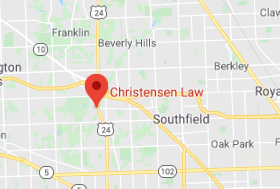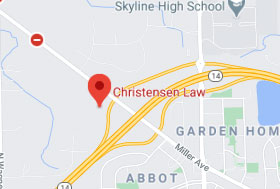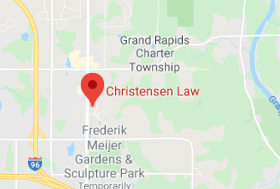The CDC HEADS UP Initiative is essential for identifying and preventing concussions The Centers for Disease Control and Prevention (CDC) operates the HEADS UP Concussion in Youth Sports initiative, which is directed toward coaches, sports officials, parents, and athletes – particularly children and teens – to help protect against concussions and other serious brain injuries. One of the biggest ways to prevent long-lasting trauma from head injuries and to avoid repeated head injuries is through prevention as well as recognition of a head injury and the proper response when a concussion occurs.
What Is HEADS UP All About?
The educational initiatives of HEADS UP are meant to help ensure the health and safety of young athletes. Awareness is half the battle in preventing the potentially debilitating and life-altering effects that can come from a traumatic brain injury. In youth sports in particular, Second Impact Syndrome (SIS) – the suffering of a subsequent concussion after a previous head injury – can cause severe and rapid swelling of the brain. Misdiagnosing even a mild concussion in a young athlete and allowing him or her back into play too soon could have devastating and sometimes fatal consequences should the player experience another head injury.
What Will You Find on the CDC HEADS UP Website?
The CDC site offers separate sections for concussion awareness in youth sports and high school sports, as well as detailed information about brain injury basics, concussion policies and laws – such as when it’s safe to return to play after a head injury – and helmet safety. There is downloadable educational information available on the HEADS UP website, including brochures, handouts, and online courses geared toward coaches, parents, and other sports professionals as well as health care providers and schools.
Some of the information available from the CDC includes:
- Tool kits for health care professionals, which includes a guide, assessment tools, and care plans, as well as educational booklets and fact sheets for patients. Designed for primary care professional in particular, the goal is to improve a patient’s health outcome through early diagnosis, management, and appropriate referral to traumatic brain injury specialists.
- Tool kits for high school coaches, athletic directors, parents, and athletes, which includes a video, guide, posters, and fact sheets to raise awareness and improve prevention, recognition, and response to concussions among high school athletes. The CDC conducted a national evaluation study which found that these materials led to positive changes in the knowledge, attitudes, behavior, and skills of high school coaches in relation to concussion prevention and management.
- Online training courses for high school coaches about what they need to know about concussions, which features information on how to spot a concussion and what to do if a head injury occurs. Because of the CDC’s initiative, more coaches are able more easily identify athletes who may have a concussion, more coaches view concussions more seriously, and more coaches make it a point to educate others about preventing and managing concussions, include athletes, other coaches, and parents.
- Tool kits for school professionals, geared toward nurses, teachers, and administrators, which includes a signs and symptoms checklist for concussion, as well as how to recognize and respond to a concussion, and help students who have suffered a concussion when they return to school.
Why Is Concussion Awareness So Important?
Young athletes think of themselves as resilient, and plenty of them will act like nothing is wrong after a head injury in an attempt to get back on the field quickly, resume play, rack up points or goals, and prove their merit. But being mentally ready to go back in the game and physically ready to play are two very different things. It’s up to conscientious coaches, observant parents, and well-educated doctors to prevent a player with a head injury from being given medical permission to play again before they have healed properly. Concussions and traumatic brain injuries come with a slow and often tedious recovery, especially for busy young athletes.
Whether you are a parent, athlete, coach, health care provider, or school professional, the CDC’s HEADS UP site provides a great deal of information for recognizing and responding to concussions and other serious brain injuries.
Christensen Law – The Michigan Traumatic Brain Injury Attorney
If your young athlete has been injured in a school sport or activity and suffered a traumatic brain injury that was improperly diagnosed or treated, their normal daily life can be altered drastically, potentially forever. Hire an experienced attorney who specializes in traumatic brain injury cases. Talk to Michigan attorney David Christensen about your case.





